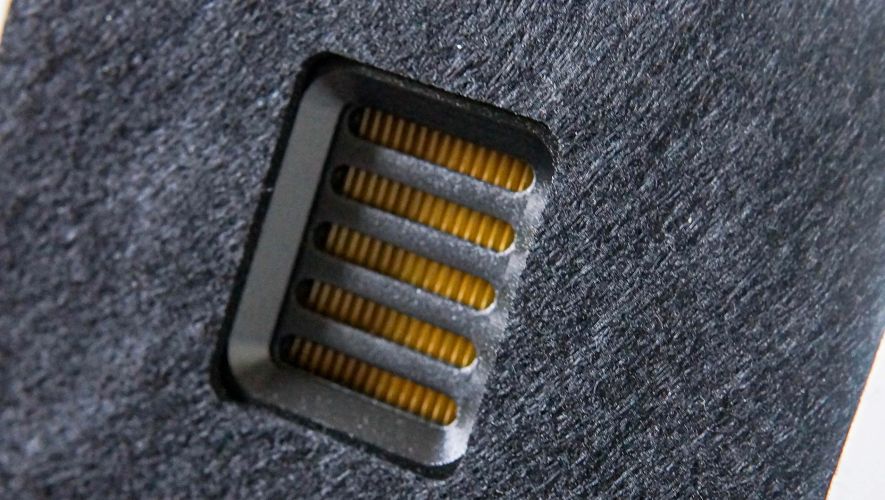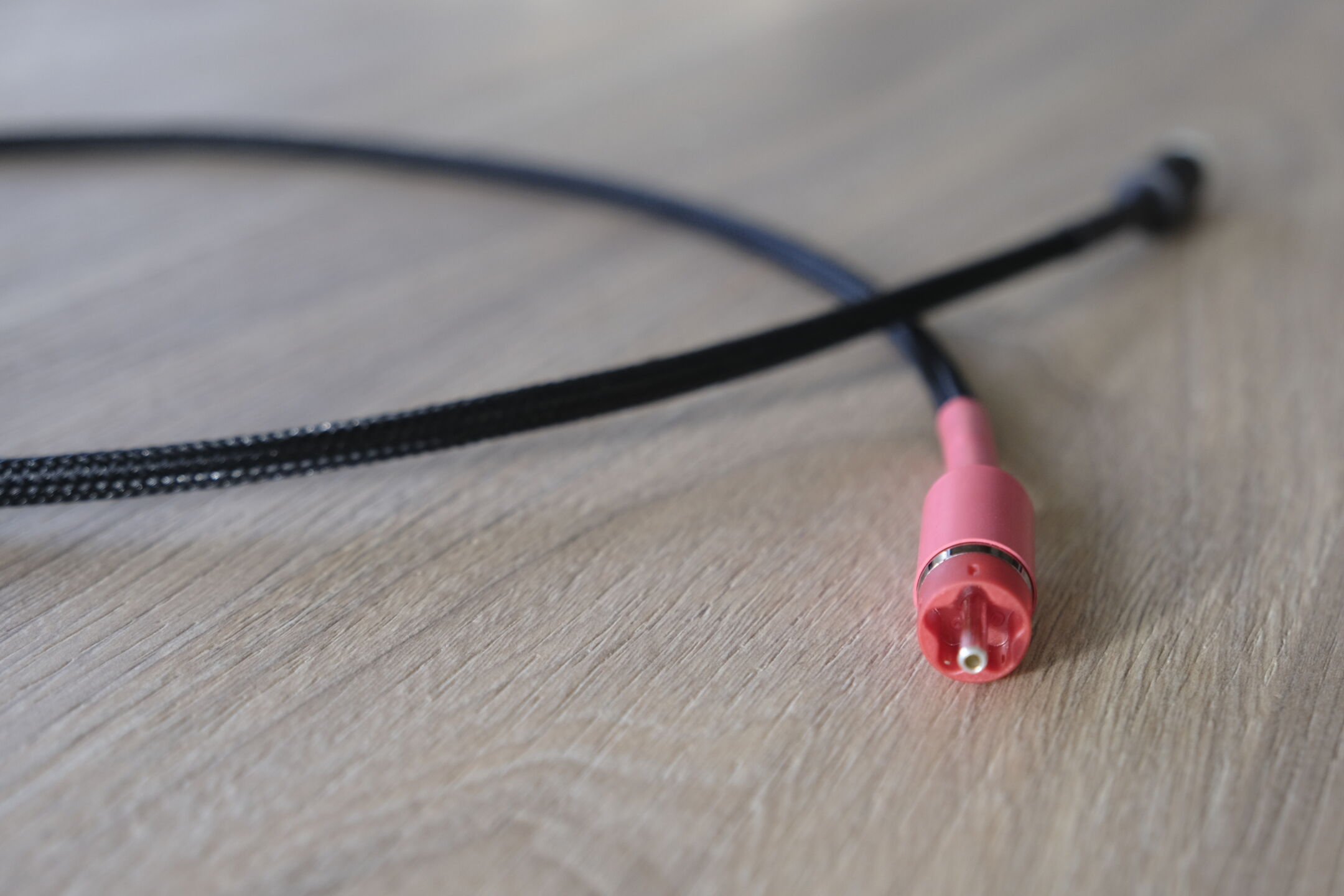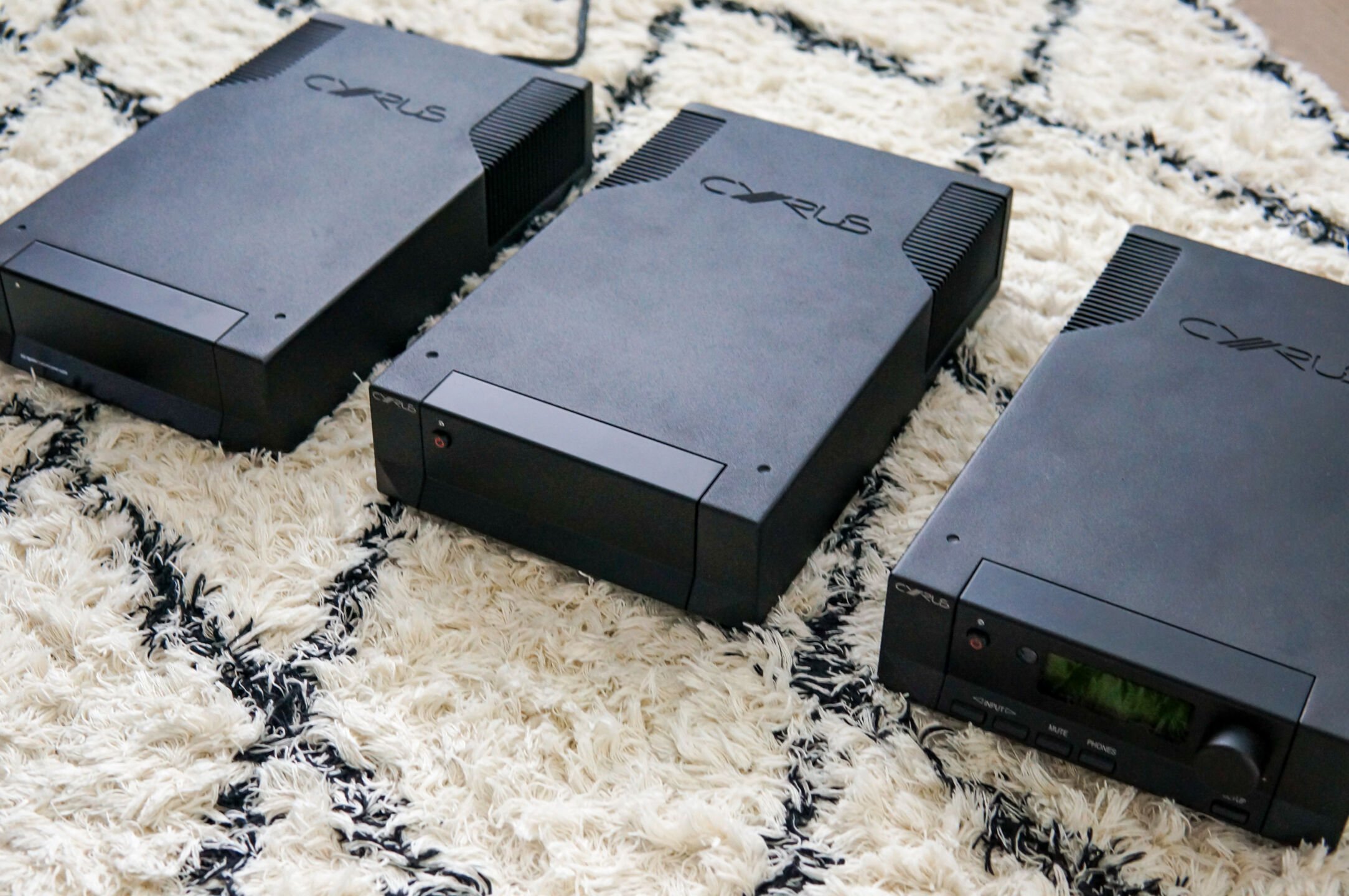

Intro
Contents
In celebration of their 30th anniversary, Neat Acoustics of Great Britain recently released the limited edition Neat Classic 30. It sold out so quickly that they decided to release a “regular” version called the Neat Petite Classic. Thus, a whole new generation can discover why the primal version of this speaker has since become legendary. We love it when a manufacturer chooses an affordable product to celebrate a milestone in its existence. So this Neat Petite Classic is the perfect speaker to highlight all the strengths of this thoroughly British company. Let’s check it out!
The Neat Petite Classic is 30 cm high, 18 cm deep and 20 cm wide. So here we are dealing with a very compact speaker and this author loves that. After all, compact speakers do things that their bigger brothers cannot. The Neat Petite Classic weighs only 7 kg but is damn well put together. The cabinet itself has rounded corners and comes in satin white or matte black. Each speaker is made entirely by hand at the factory in Teesdale. As a result, Neat Acoustics has built up a loyal customer base over the past few years, and because of their no-nonsense philosophy, new customers join them every year.
The Neat Petite Classic is a two-way bass-reflex loudspeaker with a beautiful Dayton Audio AMT tweeter at the top. That, along with the crossover, is further optimized by Neat for this particular model. The 15 cm mid-driver comes from SB Acoustics and is made of Polypropylene. So no proprietary drivers but that is no guarantee of success at all. More important is knowing how to work with certain components and how to get the most out of them. Bob Surgeon, founder and manager, from the beginning preferred listening sessions to measurements to make the most musical loudspeaker possible. We can appreciate that.
Tuning
At the rear, surprisingly, we see not one but two bass ports. This is because Neat Acoustics always tries to purge as much bass as possible from their speakers and does so either through an isobaric solution or through their “Staggered Port Tuning. This is a principle where two ports each release a separate portion of bass. The largest port is tuned to 70Hz and the smallest to 35Hz. Included with this Neat Petite Classic are ‘bungs’ to close off one of the ports if necessary. At the bottom we see a pair of decent speaker connectors and that’s it for the outside of the Neat Petite Classic
The Neat Petite Classic is a 6 Ohm loudspeaker (4 Ohm minimum) with a crossover at 3.8 kHz and an 87 dB sensitivity. The frequency range of 30 Hz to 22kHz seems quite ambitious but is quite lived up to in “real life. The Neat Petite Classic is relatively easy to drive but as always, the better the watts, the better the sound











Hi, having read this review and watched your multi test video on youtube, it seems that these are tremendous speakers. I know it’s been a while since you reviewed them but can you recall if they sounded good at lower volume levels as well? Thanks in advance for any reply.
Hello Damian,
I’m not sure anymore. With a bit of luck they will return to me in the near future. I will test it when i get the chance.
Best regards
Geoff
Hello Martin,
Very much appreciate your advice, dully noted! Nice to know it might be possible to keep my sub relative to positioning (Rel t7/x). And, pun wholeheartedly accepted 😂🙏🏼
Saw the multi-comparison on your channel that included the Neats. Really well done comparo!! Wondering if these would still work well with a sub even though they dig as deep as they do. Considering these for a 10x14ft space.
Hi John. You have to have a very fast responding sub to keep up with the Neats. I would suggest trying them without a sub first, it might be sufficient, especially when they are close to a wall. If not, you can always add one. It will be hard work to get them neatly (yeah, that’s a pun) integrated, but it can be done.